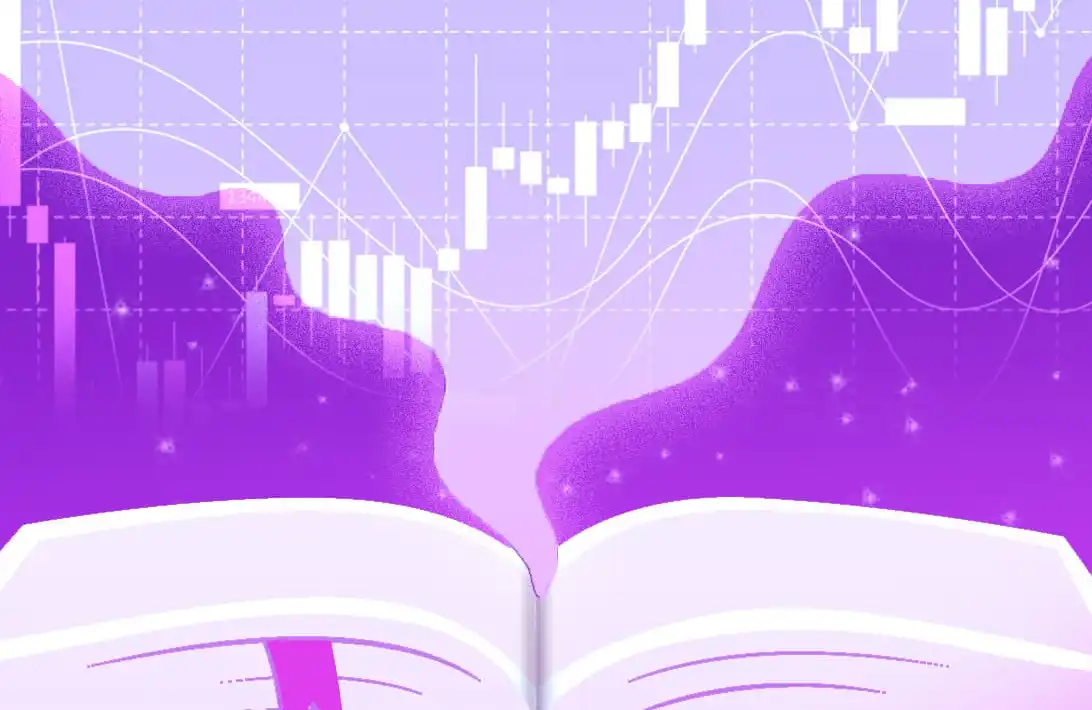Dalio: The Fed is stimulating a bubble, which will monetize government debt

BlockBeats News, November 6th, Ray Dalio, founder of Bridgewater Associates, stated in an article that the Federal Reserve's past quantitative easing was a "stimulus for downturns," while the current quantitative easing is a "stimulus for bubbles." When the supply of US Treasury bonds exceeds demand, and the Federal Reserve is "printing money" and buying bonds, while the Treasury Department is shortening the duration of the debt it sells to compensate for the insufficient demand for long-term bonds, these are all dynamics of the classic "long-term debt cycle" in its late stage.
Due to the highly stimulative nature of the fiscal side of US government policy (attributed to massive existing debt and large deficits, financed through large-scale issuance of government debt, especially in relatively short durations), quantitative easing will effectively monetize government debt rather than simply reinjecting liquidity into the private system.
This is the difference in what is currently happening, and its manner seems to make it more dangerous and more inflationary. This appears to be a bold and dangerous "bet" on growth, particularly growth brought about by artificial intelligence, and this growth is being financed through very loose fiscal, monetary, and regulatory policies. We will have to monitor closely to respond appropriately. (Jin10)




 Forum
Forum Finance
Finance
 Specials
Specials
 On-chain Eco
On-chain Eco
 Entry
Entry
 Podcasts
Podcasts
 Activities
Activities
 OPRR
OPRR






